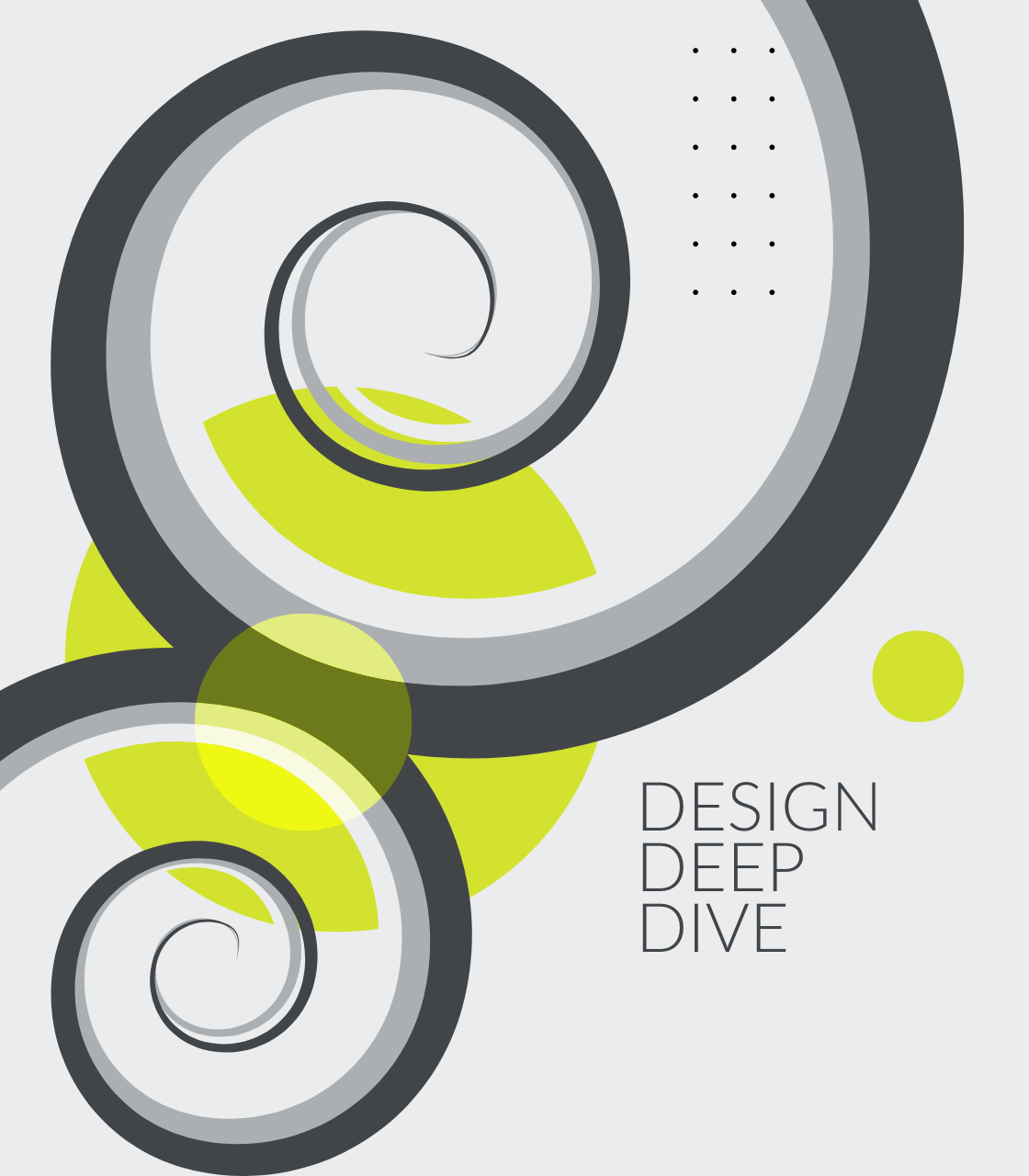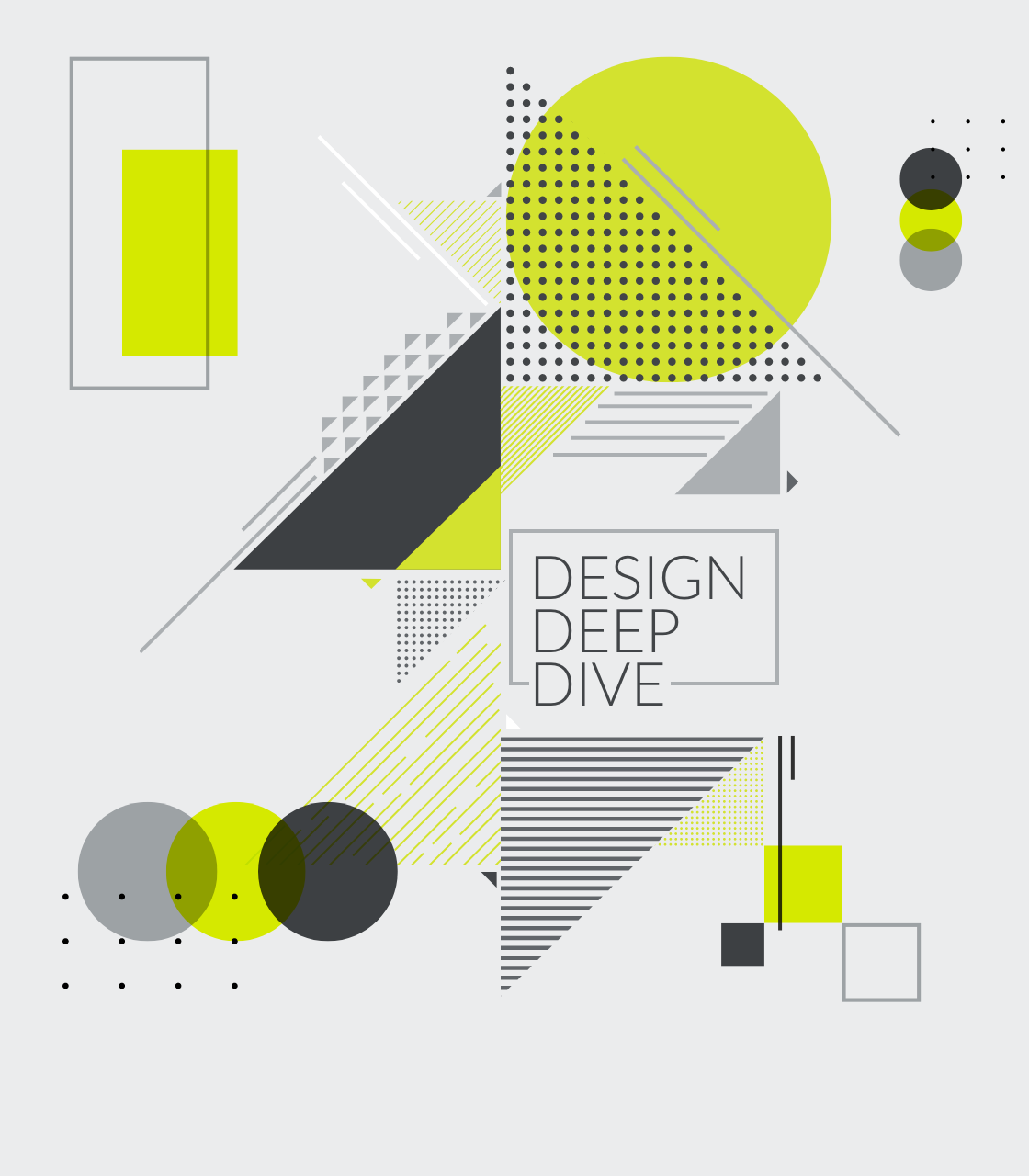Buzz / 11 20, 2008
Haneke Design Featured in Tampa Bay Technology Forum Weekly Update
 Haneke Design was featured in Tampa Bay Technology Forum’s weekly update, its newsletter that goes out to more than 8,000 subscribers. Firm president Jody Haneke was interviewed for the CEO profile. TBTF is central Florida’s largest and most influential technology association, whose members work together to make the Bay area a place where technology and innovation thrive. TBTF’s 400+ member organizations represent technology entrepreneurs, business and community leaders, investors, government representatives, researchers and educators.
Haneke Design was featured in Tampa Bay Technology Forum’s weekly update, its newsletter that goes out to more than 8,000 subscribers. Firm president Jody Haneke was interviewed for the CEO profile. TBTF is central Florida’s largest and most influential technology association, whose members work together to make the Bay area a place where technology and innovation thrive. TBTF’s 400+ member organizations represent technology entrepreneurs, business and community leaders, investors, government representatives, researchers and educators.
Here is the complete CEO profile as featured in the Weekly Update:
Tell Us About Haneke Design
Haneke Design is a graphic and interactive communications studio. In addition to traditional graphic design, we provide user interface design solutions for all platforms including kiosks, web and mobile devices. Our team consists of technical experts with traditional art and design credentials. This provides our clients with resources that help them bridge the gap between their marketing and technical initiatives. We help ensure that their website, web-application or other software product not only works but also aligns with their branding and marketing objectives. Our expertise in usability ensures that the end product is easy to use and is rapidly adopted.
Your company employs a “user-centered design process.” What does that mean?
The majority of our work is architecting user experiences for unique scenarios. To that end, we strive to understand all we can about the end-user before we begin the design process. Putting the user at the center of the process from the beginning – and throughout – helps to ensure that our final product is not only aesthetically pleasing but highly functional and widely adopted by the end-user community.
Your business process is very much focused on user experience and information visualization. What is their importance to businesses and consumers?
We work with several companies whose first impression and continued touch-point with their customers may be through a website, web-application or software product. For these companies, customer experience and user experience are one and the same. They must be designed in a way that will entice new customers while retaining existing ones.
For software and technology companies visualizations of complex concepts have become a way for them to better educate their target audience. We create “Infographics” that use visual metaphors to make complex ideas easier to digest. From a business standpoint, this helps our clients decrease the amount of time it takes to educate their prospect, ultimately leading to shortened sales cycles. We also can create these “Visualizations” for our clients’ existing customers, helping to train or educate on new features and functionality, decreasing support issues and increasing adoption of new technology.
Share one of your client success stories.
We completed a very rewarding project for Aquafina. As part of their Eco-Challenge, Aquafina provides water beverage products to events across the country, and our team created a solution for handling the numerous sponsorship requests they receive from worthy causes and events throughout the year. We helped them streamline this process by developing a website that allows these groups to “apply” online. We built the entire front end and a dynamic backend that completely automated the application process. In addition to addressing their application challenges, the site also allows Aquafina to showcase the events they do sponsor.
You frequently speak at conferences about the importance of visualization. Do you believe that people are beginning to change their views on the importance of design?
As designers, we have been trained in the art of “Creative Problem Solving.” This process relies on sketching, image gathering and image mapping as ways to develop a solution for a specific design challenge. We have been using this method for years. What’s interesting is that businesses are now looking at this “visual way” of solving problems as a better approach than what has been traditionally utilized and taught in school. People tend to be more quickly engaged when dealing with pictures and images than when faced with daunting research documents and reports. It’s a cliché but true when they say that a picture is worth a thousand words.



